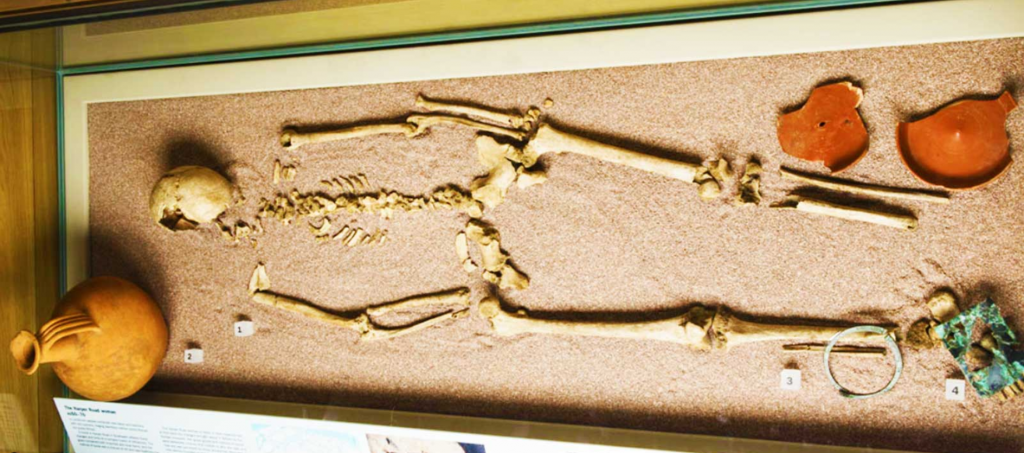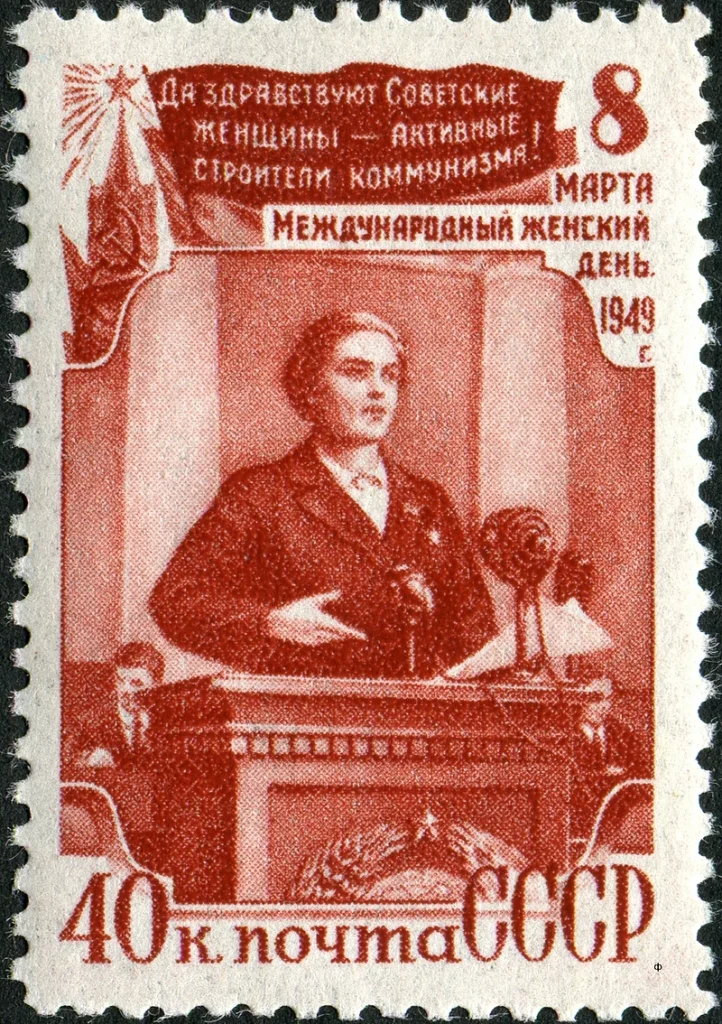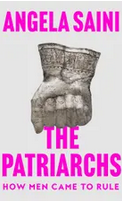
I’ve had a draft of a piece on he Harper Road Burial awaiting a suitable occasion to publish it. And today, International Women’s Day is, perhaps, that occasion. International Women’s Day began, as an idea within Socialist organisations in 1909/1910. Following the February Revolution in Russia and women gaining the vote, March 8th was chosen as the day to celebrate. The wider feminist movement adopted it in the 1960’s followed by the UN in 1977; since when it has been a day to celebrate women’s achievements and campaigns.

My post was about the Harper’s Road burial, which came up in Dominic Perring’s new book ‘London in the Roman World.’ He uses it to establish that Southwark was a place where people lived both before and after the Roman Conquest in 43AD. The burial was found in the 1970s’ dated to 50 – 70 AD but recent scientific analysis has shown that the burial was of a woman (21 – 38 years of age) with brown eyes and black hair who was brought up in Britain. She was of some wealth by her grave goods. She had both imported Roman pottery and British made objects: a bronze necklace (a torc possibly of Catevalaunian or Trinovantian origin) and a mirror. Dr Rebecca Redfern & Michael Marshall (Human Osteology Curator & Museum of London Archaeology) on the Museum of London’s website make a case for her being: a ‘Powerful women in late Iron Age London’. It’s well worth reading. They make a case for the mirror being ‘used by women for divination and magic, and were a source of knowledge that only women could command. Being able to use and read the mirror meant that the woman was highly regarded by her community.’
https://www.museumoflondon.org.uk/discover/powerful-women-late-iron-age-london-harper-road-burial
Iron age burials are often found either with a sword or a mirror and the thinking is that the mirror reflects an equivalent status to a sword. I think we can say that the finds do reflect someone of standing, but as to the use of the mirror that must be speculation. Divination using a mirror is called ‘scrying’ and the British Museum has John Dee’s scrying apparatus. You can buy scrying mirrors on etsy. https://www.etsy.com/uk/market/scrying_mirror.
Melanie Giles & Jody Joy in ‘Mirrors in the British Iron Age: performance, revelation and power published in 2007 (and available to read here) conclude:
‘Iron Age mirrors, whether made of iron or bronze were beautiful, powerful, and potentially terrifying or dangerous objects. They were used in the preparation and presentation of the body and prestigious displays, but may also have been associated with powers of augury and insight into the past, or access to ancestral or spiritual worlds.’
The evidence we have for iron communities is for a powerful role for women in contrast to the Romans. The Romans dismissed women when they wrote that Boudicca was ‘uncommonly intelligent for a women’. In fact, she nearly forced the Romans to abandon their conquest of Britain. We also know that Queen Cartimandua of the Brigantes had executive power in the North of Britain. The Britons also worshipped the three Mother Goddesses, which focussed on the value of woman as maidens, mothers, and grand-mothers.
A book to order today is ‘Patriarchs’ in which Angela Saini investigates when the Patriarchy took over. I heard her talk about it and it seems an excellent summary.

Discover more from And Did Those Feet
Subscribe to get the latest posts sent to your email.
